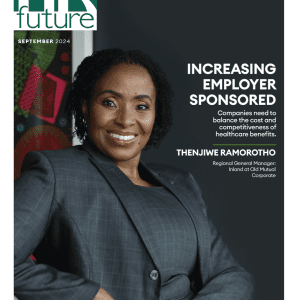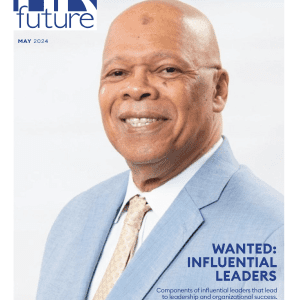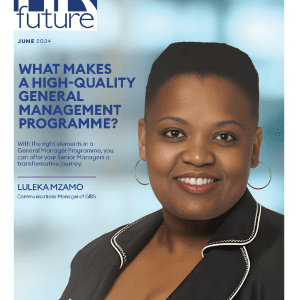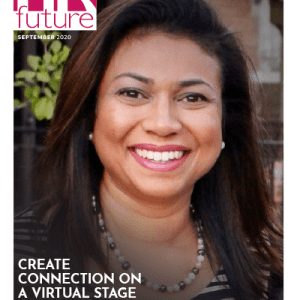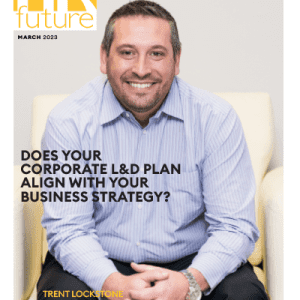In the evolving talent acquisition landscape, integrating personality tests with skill assessments marks a pivotal development. This blend enriches the hiring process and sharpens the focus on aligning candidate profiles with organizational needs and cultures. Understanding how these two dimensions—personality and skills—complement each other is crucial for recruiters and hiring managers aiming to make informed decisions. It’s about crafting a team that excels in their individual roles and meshes well together, enhancing overall productivity and workplace harmony.
Practical Applications and Mitigating Risks
Employers typically look for a mix of hard and soft skills when transitioning into the practical application of this dual approach. Attention to detail is crucial, particularly in roles that demand precision, such as data analysis or quality assurance. By coupling this skill with personality insights from the DISC index test, employers can ascertain who can perform well and who will perform consistently and conscientiously over time. The DISC index test categorizes personalities into four types — Dominance, Influence, Steadiness, and Conscientiousness — providing a clearer picture of how individuals might mesh with the team dynamics. This comprehensive evaluation helps foster a workforce that not only meets the technical demands of the job but also enhances the collaborative and adaptive capacity of the team.
However, deploying these tools comes with its own set of challenges. One of the primary concerns is the risk of relying too heavily on standardized tests, potentially overlooking unique traits or unconventional talent that could have benefited the company. Furthermore, interpreting these tests requires a nuanced understanding; a misinterpretation can lead to misjudging a candidate’s potential. Additionally, there’s the ethical imperative to ensure that these assessments do not inadvertently discriminate or bias the selection process, maintaining fairness and equality in hiring practices.
The Role of Skill and Personality Assessments
The essence of skill assessments lies in their ability to quantify a candidate’s ability to perform specific tasks or jobs. With the help of candidate assessment software, these tests, ranging from technical quizzes to practical tasks, evaluate tangible abilities directly applicable to the job. However, skills alone do not paint the complete picture of a potential employee. Here, personality tests enter the scene, adding depth to understanding a candidate’s suitability. They help to identify not just what an individual can do but how they will do it and how they will fit within the team dynamics and company culture.
Personality tests delve into the less tangible aspects of a candidate’s profile, such as their work style, communication preferences, and how they solve problems or handle stress. While more easily measurable than technical skills, these traits are equally important in predicting how well a candidate will integrate into a team and adapt to the corporate culture. For example, a role requiring collaborative teamwork will benefit from someone who scores high on traits like agreeableness and openness in personality assessments.
Challenges and Considerations in Modern Hiring Practices
The real-world implications of merging personality assessments with skill tests are profound. Consider the case of a technology firm looking to hire a project manager. The skill assessment could effectively identify candidates with expertise in project management software and methodologies. Meanwhile, a personality test could help uncover who has the leadership style and resilience to manage complex projects under tight deadlines. This holistic view makes it more likely that the selected candidate will succeed both in their specific role and as a part of the broader organizational fabric.
This integrated approach enhances hiring precision and fosters a more profound sense of belonging and satisfaction among employees. When individuals are selected for roles that align with their professional skills, personal traits, and values, they are more likely to feel engaged and committed to their work. This boosts individual performance and contributes to lower turnover rates and a more vibrant, dynamic organizational culture. Such strategic alignment ultimately benefits employees and the organization, driving mutual growth and success.
The Future of Hiring: A Comprehensive Approach
To mitigate these risks, organizations must continuously refine their testing frameworks based on real-world outcomes and feedback. Developing a feedback loop where hiring results inform future assessments can help fine-tune the balance between personality insights and skill evaluations. Additionally, ensuring that these tests are free from bias and legally compliant is crucial for maintaining fairness and ethical standards in hiring practices. Regular training for those administering and interpreting these tests is equally important, ensuring they can handle the subtleties of assessment data correctly.
As the workforce continues to diversify and the nature of work evolves, the role of comprehensive assessment strategies becomes increasingly significant. The combination of personality tests and skill assessments enriches the hiring process and supports the strategic alignment of human resources with long-term business objectives. This integration ensures that organizations are not just filling positions but are also enhancing their overall competitiveness and adaptability in a changing business environment.
Conclusion
As organizations strive to navigate the complexities of the modern hiring landscape, the thoughtful integration of personality tests with skill assessments provides a more rounded and predictive tool for understanding the full spectrum of a candidate’s potential. By embracing this comprehensive approach, companies are better positioned to make decisions that are good for productivity and foster a harmonious and dynamic workplace culture. This balance is the key to filling positions and fulfilling the organization’s strategic vision. Isn’t it remarkable how such tools can transform the efficiency and morale of a workplace, leading not only to improved outputs but also to a more satisfied workforce?
Guest writer.









